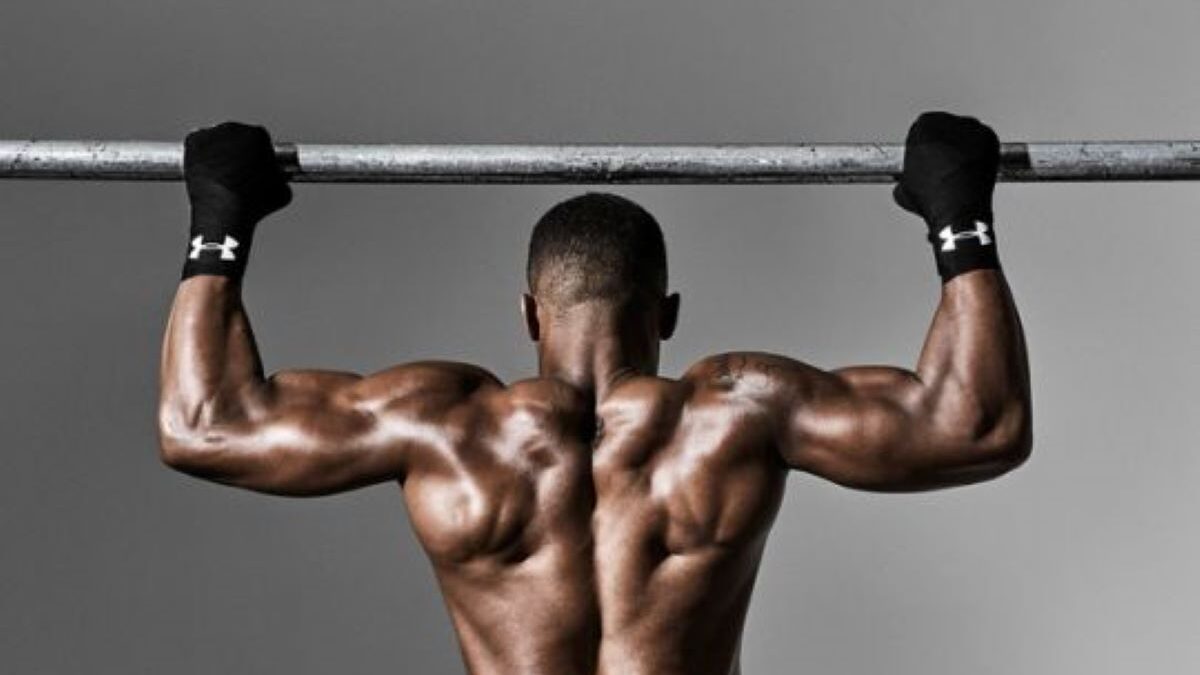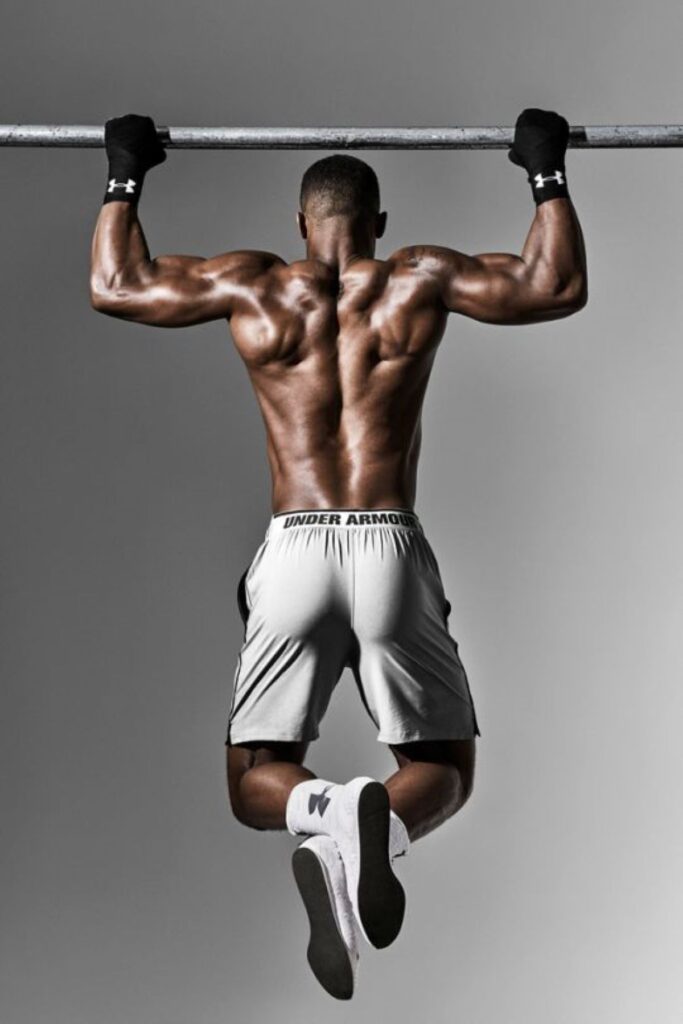
Since the pursuit of a well-rounded fitness routine has been ongoing, the long-standing question has always been: Should you start with cardio or weights? Gone are the days of strict separation between the two.
Research has shown some of the benefits of integrating both, not minding the order. Understanding your goals and body can also help you structure your workouts for the highest possible benefit.
Times have changed since when gym wisdom dictated that there should be a strict separation between cardiovascular and strength training. The debate over whether to start with cardio or weights has evolved with modern fitness knowledge.
Integrating both aspects into your workout routine has become increasingly common, but determining the order in which to handle them remains an important question.
According to a study, incorporating both cardiovascular exercise and weight training into your sessions can have many health benefits. Long-term aerobic exercise has been associated with increased muscle strength over a lifetime, while lifting weights can enhance cardiovascular performance, including VO2 max.
Moreover, a study published in the British Journal of Sports Medicine in 2022 highlights the lower mortality risk associated with combined cardio and weight training routines.
ALSO READ: Here’s How to Tighten Your Loose Skin After Weight Loss
Fitness experts explain that the decision to prioritize cardio or weight training first depends on various factors, such as individual fitness levels, goals, and workout schedules. Generally, if aiming for overall fitness improvements, it’s recommended to separate cardio and strength training within the same workout session, with weightlifting coming before cardio activities.
The idea behind lifting weights before starting cardio comes with reducing the risk of injury associated with strength training. Tiring your muscles through cardio beforehand could compromise lifting performance and increase the likelihood of injury. Fresh muscles are essential for lifting heavy weights effectively and safely, ensuring optimal muscle stimulation and growth.
However, for those focusing on improving cardiovascular endurance, the sequence becomes more nuanced. While lifting weights before cardio may slightly affect aerobic performance, it significantly reduces the risk of injury compared to the reverse order.
Tailoring your own workout schedules to alternate between cardio and weight training days can help enhance both aspects without necessarily affecting performance or safety.
POLL—Do You Support a Single-Payer Healthcare System (Medicare for All)?
Exceptions to the “weights before cardio” guideline exist, particularly when it comes to warming up and specific training protocols. Incorporating light cardio as part of the warm-up routine primes the body for exercise, enhancing blood flow, nervous system activation, and mental focus.
Additionally, high-intensity interval training (HIIT) and circuit training blur the lines between cardio and strength training, offering combined benefits in a single session. However, moderation is important. Experts recommend limiting high-intensity cardio workouts to two or three sessions per week to allow for adequate recovery.
ALSO READ: These Tips Will Help You Sleep Better
The truth is that the choice of whether to prioritize cardio or weight training in your workout depends on individual goals and circumstances.
While experts generally advise separating the two within a single session, there are exceptions for specific scenarios like warming up or implementing HIIT and circuit training. Ultimately, finding the right balance between cardio and weight training is important for achieving overall fitness and reducing the risk of injury.
You Might Also Like:
Professor Says It’s Time to Boycott Anti-DEI Colleges Over Exploitation of Black Athletes
Group Accuses George Floyd Scholarship of Discriminating Against Non-Black Students
US Unemployment Benefits Applications Dip to 210,000 Amid Strong Labor Market
Denzel Washington Makes Forbes’ List of Highest-Paid Actors of 2023
White House Bans Religious-Themed Designs From Easter Egg Art Contest

